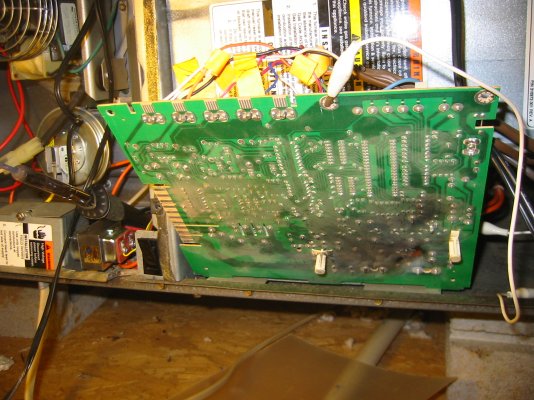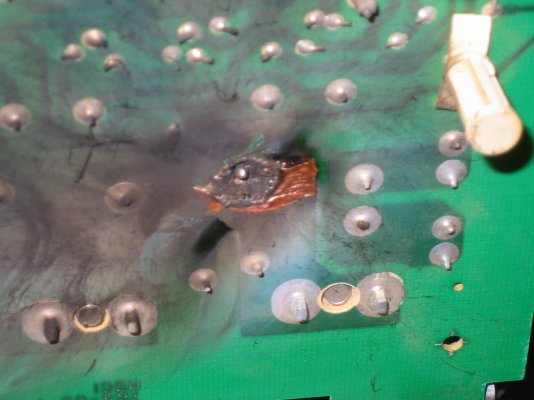For my friends who are concerned... Thank you!
My camp is shut for the winter, and won't be opened again 'til spring. Since I don't really trust the "approved" guys who are authorized to work in the campground I'll bring in someone from outside.
Both of the men I asked for quotes seemed confused about where to start, and indicated that it might take a very long time to find the problem... One said it might be necessary to tear off some of the siding. I don't mind spending money for work being done... just don't like the thought of paying for "experts" to learn. So the question... "at most, what do you think this could cost?" $500?, $1,000? more and the answer "could be more" didn't inspire confidence. Since there isn't much work in the campground in the winter, giving an open-ended OK, doesn't work with me...
and the answer "could be more" didn't inspire confidence. Since there isn't much work in the campground in the winter, giving an open-ended OK, doesn't work with me...
Still, it seems to me that there must be a way of putting a test meter on the circuits to find where the problem may be.
Will let you know in the spring...
My camp is shut for the winter, and won't be opened again 'til spring. Since I don't really trust the "approved" guys who are authorized to work in the campground I'll bring in someone from outside.
Both of the men I asked for quotes seemed confused about where to start, and indicated that it might take a very long time to find the problem... One said it might be necessary to tear off some of the siding. I don't mind spending money for work being done... just don't like the thought of paying for "experts" to learn. So the question... "at most, what do you think this could cost?" $500?, $1,000? more
Still, it seems to me that there must be a way of putting a test meter on the circuits to find where the problem may be.
Will let you know in the spring...





